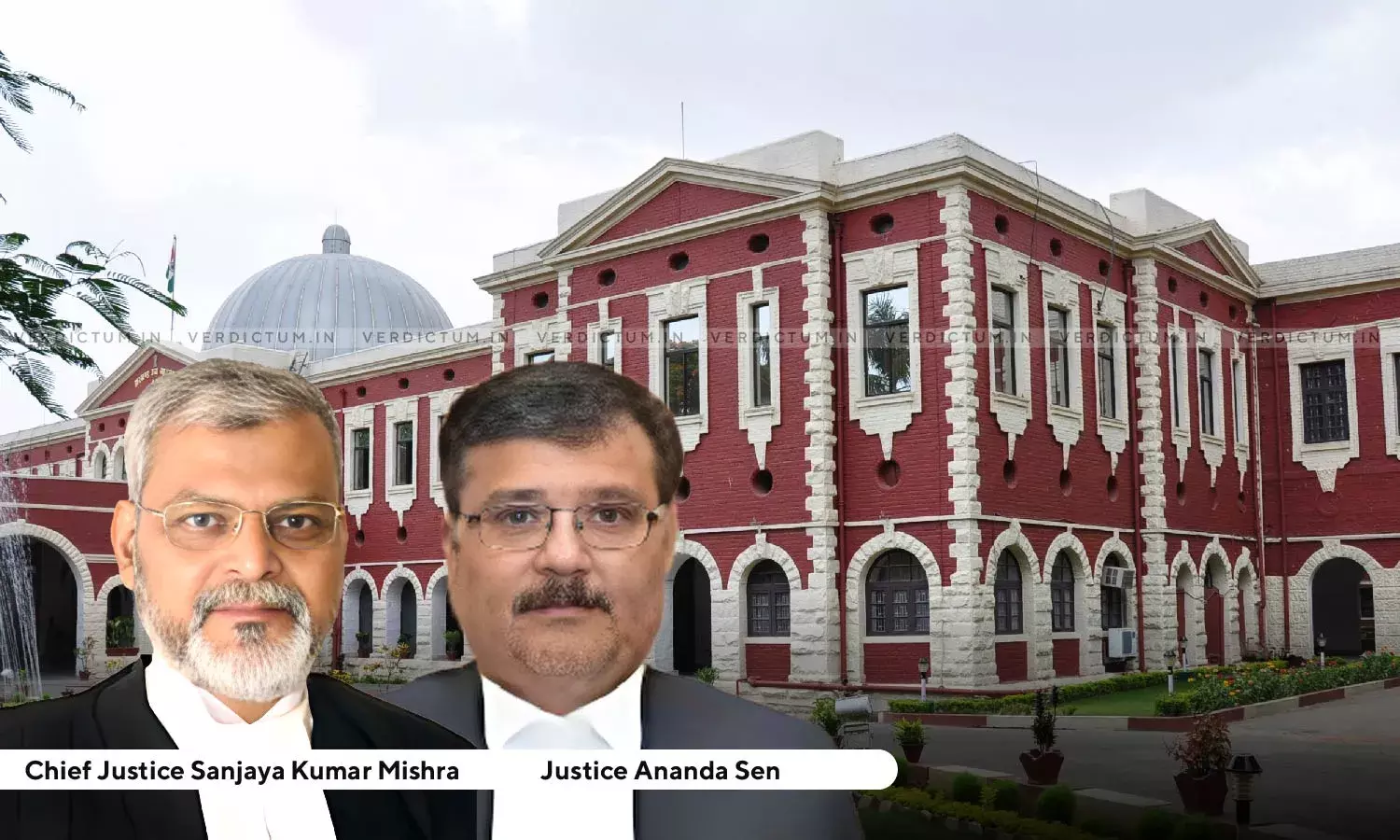A Monument Does Not Necessarily Require To Be 100 Years Old To Be Declared Of National Importance: Jharkhand High Court

The Jharkhand High Court directed the State and the Archaeological Survey Of India to take positive steps to preserve, protect and maintain “Tagore Hill” and the structures thereon, namely, “Brahmo Mandir”, “Kusumtal”, “Shanti Dham” and the “Samadhisthal”. In this writ petition, a registered Society had filed a Public Interest Litigation (PIL) seeking several reliefs related to the preservation and protection of Tagore Hill and its historical structures, specifically the Brahma Mandir, in Ranchi.
A Division Bench of Justice Sanjaya Kumar Mishra and Justice Ananda Sen said, “Nowhere in these provisions, i.e., Section 4 or Section 2 read with Section 2(a) of the Act provides that an “ancient monument” should be of more than 100 years old from the date of promulgation of the Act. Further, Section 4 and the definition of “ancient monument” if read conjointly, will clarify that any structure or monument, which qualifies to be an “ancient monument” and is 11 more than 100 years old, can be declared to be of national importance by the Central Government. This period of 100 years cannot be treated to be the period prior to promulgation of the Act. The Act does not provides for such interpretation.”
Advocate Shailesh Podda appeared for the Appellants and Advocate Prashant Pallav appeared for the Respondents.
The petitioner alleged that these structures were deteriorating due to the state government's neglect, and parts of Tagore Hill have been encroached upon. They claimed that earlier attempts to address these issues through PILs were disposed of.
The State of Jharkhand acknowledged the historical and cultural importance of Tagore Hill and the Brahma Mandir but asserted that, according to the Ancient Monuments and Archaeological Sites and Remains Act, of 1958, only the Central Government has the authority to declare a structure of national importance. They argued that there is no direct evidence that the Brahma Mandir is 100 years old and that it does not fulfill the criteria for protection under the Act.
The ASI and the Ministry of Culture also stated that the Brahma Mandir does not meet the criteria for protection under the Act and that it has already been examined and deemed unfit for protection.
The Court noted previous rounds of litigation initiated by the petitioner regarding the preservation of Tagore Hill and its structures, which were either disposed of with observations or allowed to be withdrawn.
The Court examined the Ancient Monuments and Archeological Sites and Remains Act, 1958 and concluded that the Act does not require structures to be 100 years old before they can be declared ancient monuments of national importance. It stated that structures over 100 years old, meeting the Act's criteria, can be declared as such by the Central Government.
The Court acknowledged the historical and cultural significance of Tagore Hill and its structures and urged the Archaeological Survey of India to reconsider its decision regarding their declaration as ancient monuments.
“We sincerely hope that considering the importance of the structure, the building and the importance of the Tagore Hill, the Archaeological Survey of India will reconsider their decision to declare the “Tagore Hill” and the structures thereon as “Ancient Monuments” to be of national importance.”, the Court remarked.
The Court emphasized the importance of preserving national and state monuments and called for the protection, restoration, and maintenance of Tagore Hill and its structures.
The Court acknowledged that Tagore Hill and its structures were of state importance, and the Government of Jharkhand had admitted to taking steps to protect and preserve them. However, it was noted that the existing efforts were deemed inadequate, with encroachments and unauthorized construction posing threats to the site's preservation.
The Court issued a series of directions to the State Government, including initiating measures for the preservation and restoration of the Brahma Mandir and other structures, improving infrastructure, addressing encroachments, and ensuring proper maintenance and upkeep of Tagore Hill.
The Court said, “Present generation is only the custodian of the art, culture and heritage of the land, which they inherit from their previous generation not only for the purpose of basking in its glory, but also to preserve them and hand them over to the next generation. We hold these art, culture and heritage as a trustee and it is our duty to preserve and maintain the same and pass it on to our future generation. Future generation will not forgive us if we destroy these, which we have inherited. So, all efforts must be taken to preserve our heritage, art and culture so that our future generations feel proud about their past.”
The Court expected these directions to be implemented within the specified timeframe and urged the authorities to take steps to preserve the cultural heritage for future generations. The PIL was disposed of with no costs imposed on any party.
Cause Title: Society for Preservation of Tribal Culture and Natural Beauty v. Archaeological Survey of India & Ors.
Click here to read/download the Order


